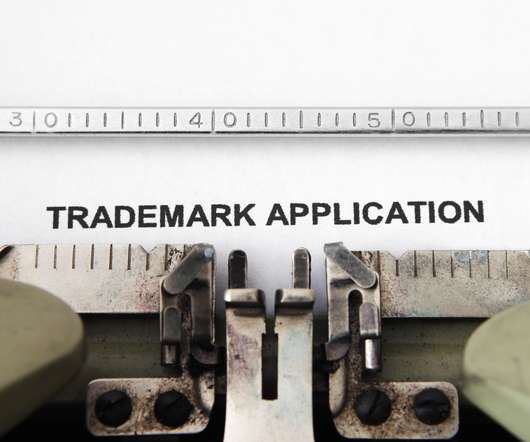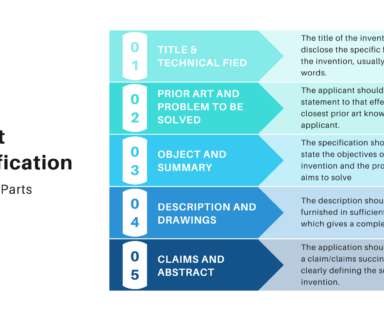Patent Law Canons and Canards: Bonito Boats
Patently-O
AUGUST 22, 2022
From their inception, the federal patent laws have embodied a careful balance between the need to promote innovation and the recognition that imitation and refinement through imitation are both necessary to invention itself and the very lifeblood of a competitive economy. ” Compco Corp. See Kewanee Oil Co. Bicron Corp. , 470 (1974).












Let's personalize your content